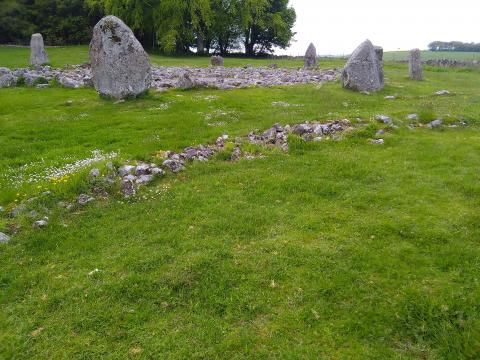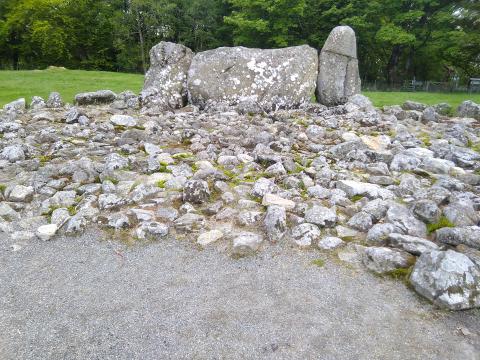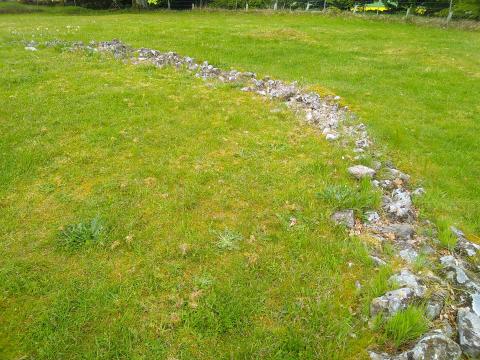Loanhead of Daviot

In the hills above Oldmeldrum, in Aberdeenshire, is the Loanhead of Daviot stone circle. Unusually, though not for that part of the county, it boasts a large recumbent stone. Unlike the other stones, it is laid on its side, in the south-west corner. Close by is a ring-cairn, in which archaeologists found cremated remains and broken pottery, back in the thirties. Might the circle have been the chapel for a crematorium? The recumbent stone, temptingly, may have been the place upon which the cadaver was placed awaiting the flame.

In every time and culture, we have attended the disposal of the dead with ceremony and with respect. We have not merely tossed dead bodies into a pit (except in time of warfare or pestilence), nor casually cremated them right where they died. There has generally been dignity, decorum, ritual and tradition. We have always known that death is a mystical affair. Even those benighted old pagans in Scotland’s north knew that it denoted the transition from one life to another, from one plane of existence to the next. Furthermore, death is a divinely devised institution. It was God’s judgment on our parents’ rebellion; as we shared their sin, so we shared its consequence. So although each one of us is permitted but a temporary stay on the earth, we hope that what lies beyond is better. Those ancient Scots may well have known the promises of God to deliver our race from death’s dominion. As they committed one and other to the flames and the cairn, perchance they hoped in the Creator’s ancient words.
The Lord preserves all who love Him,
But all the wicked He will destroy. (Ps 145:20, NKJV)

- Log in to post comments


 Sunday Worship 10.45am & 6.00pm
Sunday Worship 10.45am & 6.00pm